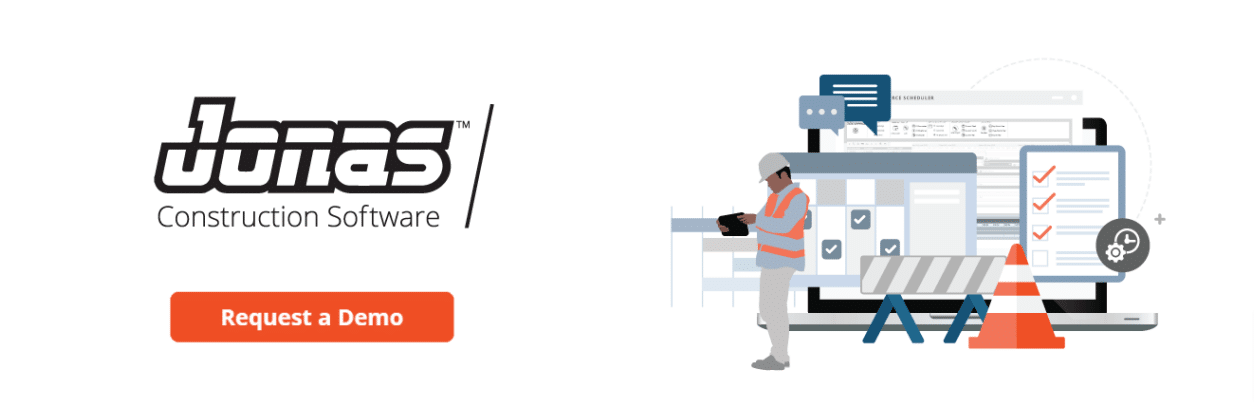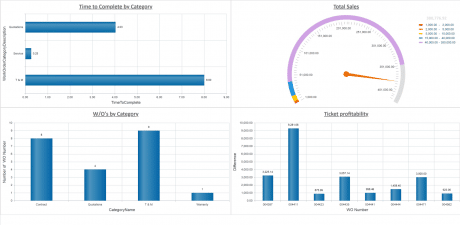Last Updated on July 4, 2024
Jan 29, 2021
The coronavirus pandemic has been particularly hard on the construction industry. Due to prolonged shutdowns and significant worker restrictions, the construction industry has seen a trend toward acquisitions as companies better able to weather the storm have sought to buy out those that are struggling. If your own company is stable, now could be an excellent time to expand into new territory through an acquisition, but you need to weigh the risks first.
No business comes without risks, and while buying an established company may be a lower risk than purchasing a startup, you will still face challenges, especially in the current environment. Some challenges are directly attributable to the pandemic. However, others are just the normal challenges of the industry or business in general that would continue into next year and the years to come. Even if the pricing or valuation is reasonable, it’s essential to do your due diligence before buying an existing construction business. You can mitigate your risk by determining the company’s stability, evaluating the liabilities you would be purchasing, and considering any relevant logistics.
Examine the stability of the business and plan for the future

An article in the Houston Chronicle defined stability in business as “the ability to withstand a temporary problem, such as a decrease in sales, lack of capital or loss of a key employee or customer.” This is a useful way of looking at the issue. If the company you are considering buying has a poor track record of being unable to weather storms (such as the pandemic, which may be why it is for sale), then you need to decide whether you can right the ship when you take over. If not, or if the struggle would not be worth your while, save yourself the purchase price and look elsewhere.
Determining stability involves looking at several factors. Probably the most obvious metric of stability is finances. If the books are a mess or if the business is deeply in debt, then the long-term prospects are grim. Entrepreneur magazine recommends looking for a company that has repeat customers and slow but steady growth. Depending on your particular construction niche, repeat customers may or may not be a significant part of your business, but maintaining good relationships with prior customers can certainly help you land new customers.
That second point about slow but steady growth may sound counterintuitive, but the author of that article makes a useful point that “when you take over you don’t want to deal with the types of crises that come with too-fast growth.” Taking over a business is a major endeavor, and you may find that your energies will be easily consumed just by keeping the business running. Adding explosive growth, while appealing, can easily become overwhelming, increasing the likelihood that you will make critical mistakes.
However, a company’s stability is not just a function of how long the business has existed. While you should consider the obvious business aspects like cash flow, you should also look at how the company is positioned in relation to industry disruption. You should be looking toward the future of the industry. As mentioned earlier, many small businesses close permanently after just a few years, but even larger companies can flounder when they fail to adapt to disruptive changes.
For example, Kodak was once the dominant force in film for photography and cinema. Still, because it was slow to embrace digital imaging as a replacement for film, the company lost its position in the industry as smartphones and digital cameras displaced Kodak’s core market. The company today is a pale reflection of what it once was, and it seems to be without a clear direction as it constantly tries to reinvent itself.
Similarly, the construction industry has been relatively slow to adopt digital technology, even as other industries push digitization rapidly. A few years ago, McKinsey noted five big ideas that would likely disrupt the construction industry, including advanced surveying technologies such as drone-based lidar systems and building information modeling. These and other digital technologies are already changing the industry. They can provide construction companies with faster, better, and cheaper results, and they will likely increase in importance as innovators find new ways of incorporating disruptive technologies.
As you evaluate a company, consider where it is on its digital transformation journey. Is it embracing new technologies appropriately to stay competitive, or is it lagging behind competitors? If it is behind, can you bring it up to speed in a timely and cost-effective manner? If you are not an expert on the latest construction technology, find someone with the know-how you need. Learn how to leverage new technology effectively to cut waste and improve your offerings. With the narrow profit margins of the construction industry, even small inefficiencies could make the difference between success and failure.
Account for liabilities and find ways to turn them into strengths

When you purchase a company, you will likely take on many or all of the current owner’s existing liabilities. For a construction company, those liabilities may include things such as warranties on past projects. Honoring those warranties could be a way of building rapport with the existing client base and encouraging repeat business. In most cases, repeat customers are more cost-effective than trying to build a new clientele. If your niche does not encourage repeat business, building good relationships with prior customers can encourage new clients. After all, word of mouth is still one of the most effective marketing tools. Think about how you could build those relationships if you choose to buy the company. If you can prove that your new management is invested both personally and financially in honoring existing warranties, you can build goodwill that may improve the profitability of your newly acquired business.
Also, remember that you will need to take on workers’ compensation and any other health and safety costs associated with the business. Given the current pandemic, you should determine whether the company’s COVID-19 mitigation strategies are sufficient. Construction sites involve many moving parts and numerous workers coming and going. These are all places where efforts to stop the spread of COVID-19 can create significant inefficiencies. If the mitigation strategies need to be modified, how expensive will those modifications be? You should count the cost before you complete the purchase. On a related note, you should also investigate what is happening with government-mandated shutdowns and restrictions to determine if now is a good time to buy a company. If restrictions will hamper your ability to get business, you will need to evaluate whether you can work within the restrictions enough to keep the business afloat.
Review the logistics for inefficiencies and look for ways to improve

Finally, you need to consider the logistics of running the company. An existing business will have established procedures that may differ from how you expect to operate. There may be workarounds that have become entrenched in the company’s workflow but are now increasing inefficiency. Changing longstanding practices too quickly may alienate employees, but you also want to avoid maintaining inefficient practices.
One of the important things to consider is whether you have proper insight into the company’s financials and job reporting upon acquisition. To get alignment and understanding, you may want to consider transitioning the company onto your software platform, so you can drill-down and manage future projects. Ensure that your current software vendor can manage multiple entities and can handle consolidation. Keep in mind that if you plan to share employees, equipment, or other resources, intercompany functionality may also be an important aspect you need your software to handle. Often, proper management and insight can make or break it when it comes to a successful acquisition.
At the same time, try to strike a reasonable balance between changes and the status quo. Is now a good time to consider upgrading the company’s financial software? Adding software that handles consolidated financials and intercompany transactions could streamline the office’s workflow, but you would need to weigh the benefits against the disruptive effects of the change. As the new owner, make sure to avoid pushing too many changes all at once. At the same time, it’s important to ensure that you can eventually make the changes that the company needs to succeed over a given period of time.
In the end, if you decide to purchase an existing construction business, keep it stable, be mindful of your assets and liabilities, and work to improve efficiency carefully and thoughtfully. Building off the previous construction business owner’s work can be a great alternative to expanding a new business from scratch. If you manage the acquisition well, you can build a new market share and customer base with less hassle—a win for any contracting business






